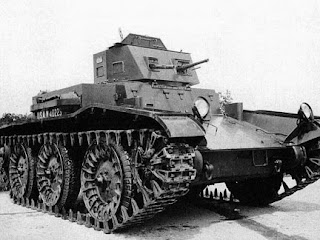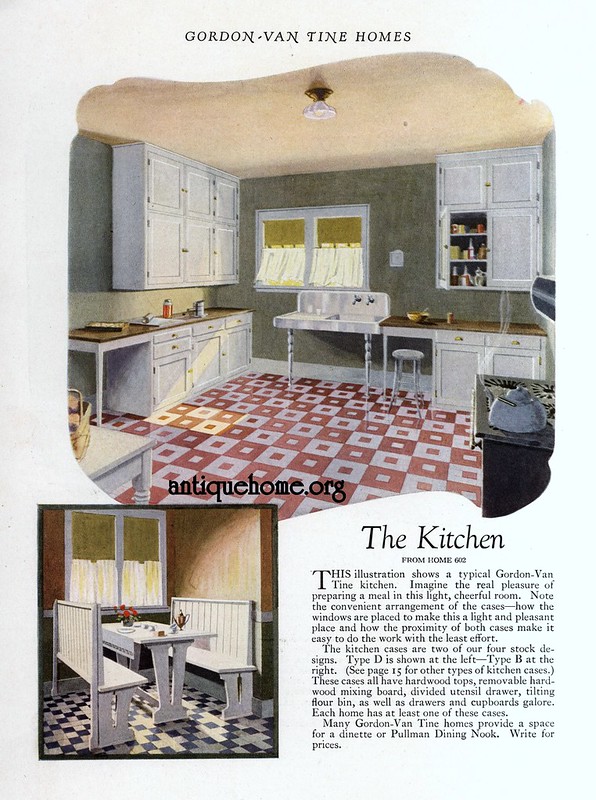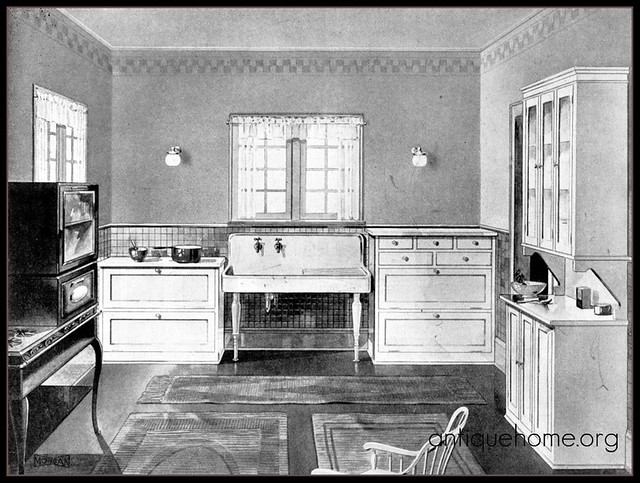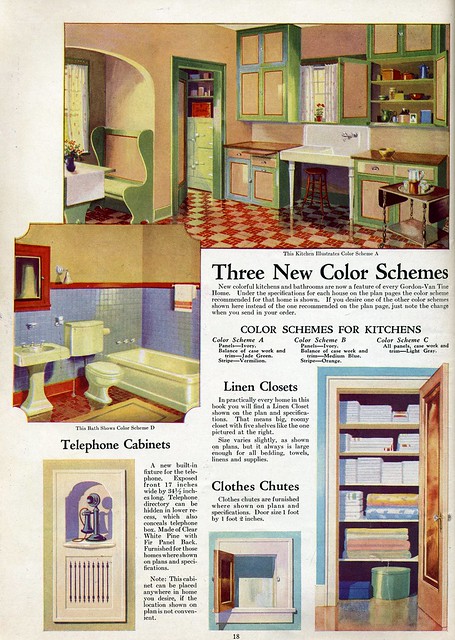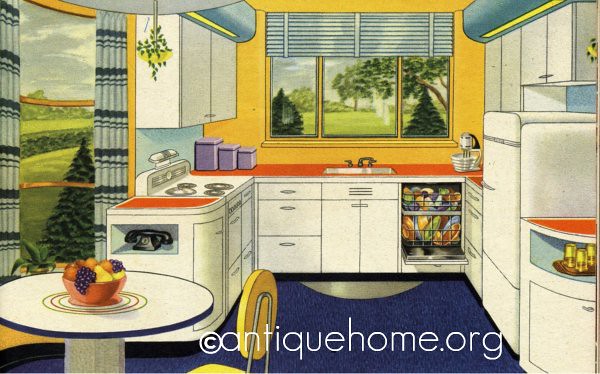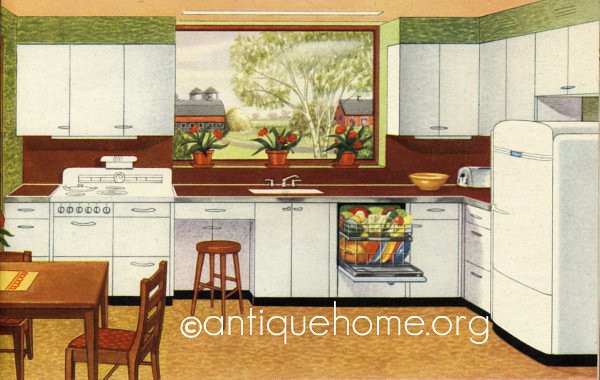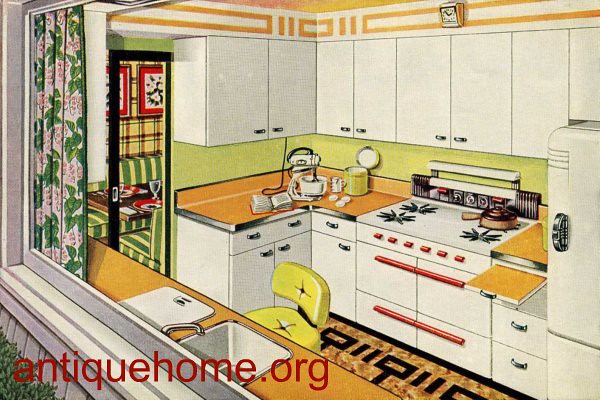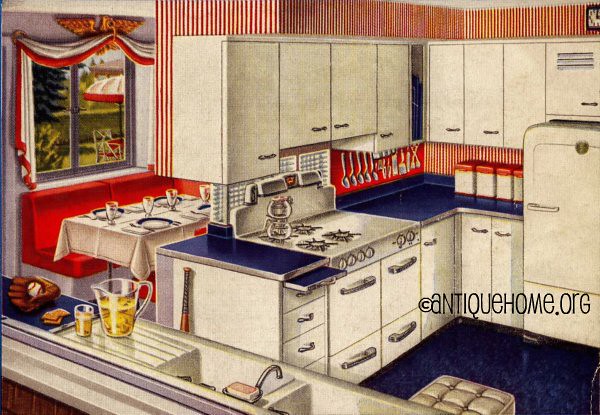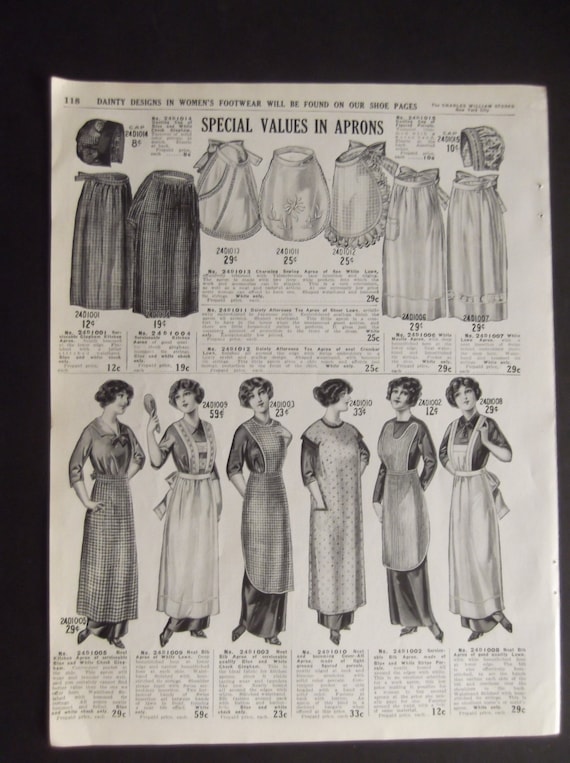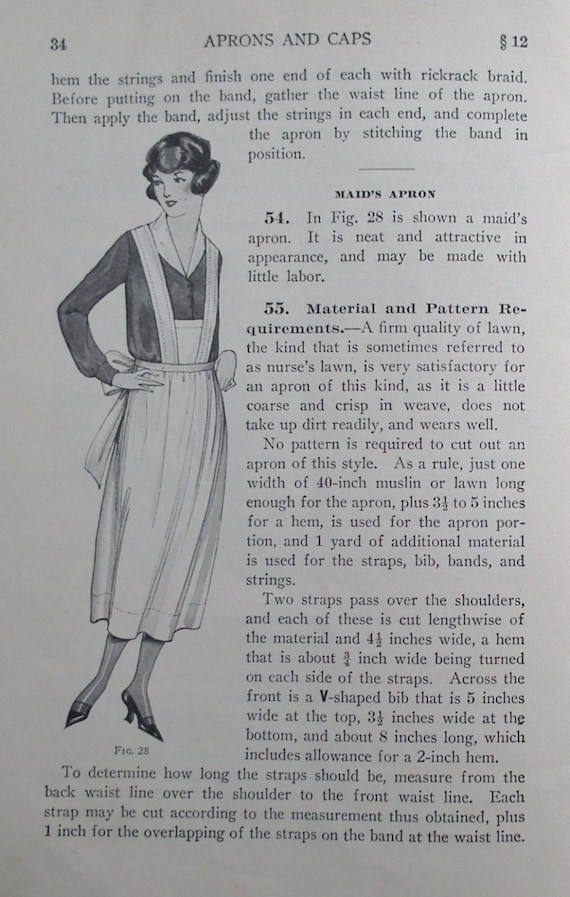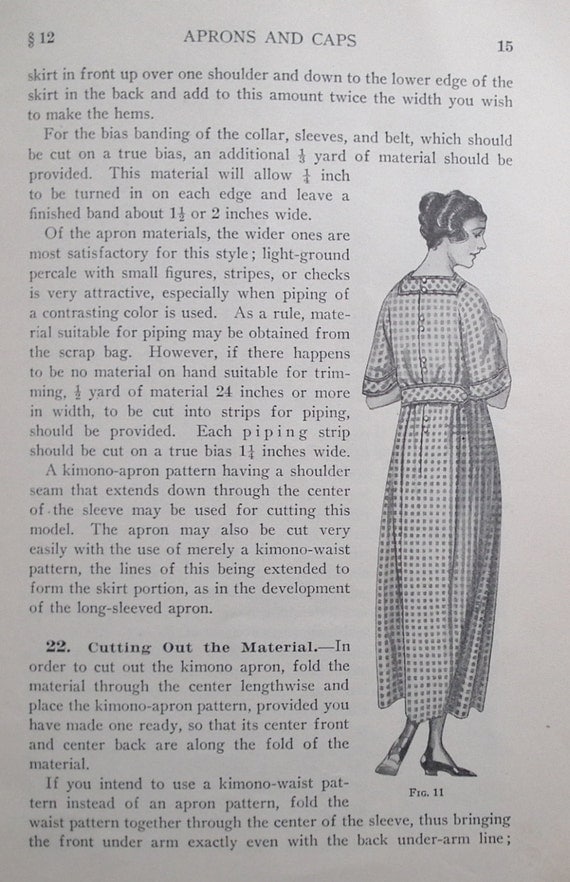 |
| (Source) |
 |
| (source) |
The word "Bungalow" is somewhat generic. According to The Bungalow Book by Charles E. White published in 1923: "The term "bungalow" is a misnomer when applied to many American homes. To the average householder the term suggests a low, single-story dwelling with or without a second floor. In the minds of American it conjures up visions of a squatty building hugging hillside or meadow, with windows divided into little panes, verandas or porches extending along one or more sides and a low, overhanging room in the shelter of which trellises clime from the ground, covered with creeping vines. A pergola extends outwardly from a diminutive white doorway spanning a brick terrace or irregular shaped stone flagging; little children run gayly about in the garden picking bright flowers with which the sunny rooms are to be festooned.
In America, the word "bungalow" is hard-worked, vacillating, meaningless but it has become so firmly rooted in American mind that the term is now practically sanctioned by good usage.A bungalow should be a home with all the charm and individuality of the approved house of two stories.
There is something cozy about a bungalow, inside as well as outside, and this most desirable quality makes an appeal to many who, having viewed with satisfaction the better class of bungalows feel a tug at their heartstrings and a desire to create the same type of building for their own home. At the same time an architectural effect on attainable with any other type of building is made possible in the bungalow. Who can forgo the charm of the low, broad roof line, the little front entrance with it quaint door opening so close to the ground, the low outlines of the little building which seems to nestle to snugly in its setting and offers so little competition with Nature as it rests modestly against the sky line, instead of rearing itself aggressively above the horizon.
The diminutive seems to appeal intensely to humans; the little bungalow attracts all eyes even the eyes of those who, with ample means to carry out their most cherished wishes, are yet attracted toward the sweet simplicity of the bungalow types, its freedom from pretense, and the artistic manner in which it fits the landscape.
The adaptation of the bungalow from Indian to American conditions has so changes its design that it is no longer recognizable, but the word "bungalow: has remained and will probably always exist as an architectural term applied to the low, single-story or story-and-half cottages with which we are familiar."
I am not sure if Charles E. White really clears up the question of what a bungalow actually is, but generally they have no more than one and a half stores, have broad eaves with a low pitched roof, generous front porches and ooze charm.
 |
| (Source) |
Recently I realized just how much I love bungalows! Several houses have gone up for sale in the neighborhood and I just had to go to the open houses. The ohh and ahhing I did in the bungalows! Even though the non-bungalow I went through was an old small house, it didn't have quite as much charm.
Somehow, those 1920's architects managed to get everything just right. The living space feels spacious without being enormous, there are plenty of sunny windows and just enough quirks to make it charming. The minute I step through the door I feel right at home!
 |
| (Source) |
 |
| (Source) |
All of these floor plans have similarities to the floor plan of my little bungalow, but this one is the most similar.
I hope you have as much fun browsing these as I did! Do you have a favorite style of house that makes you want to cozy in?



















